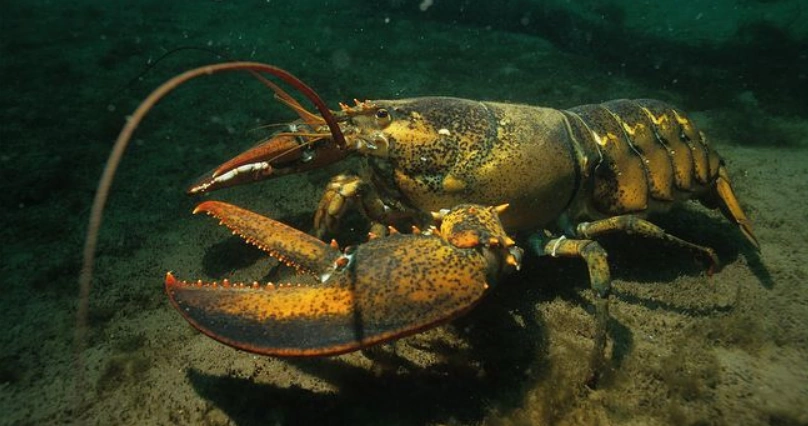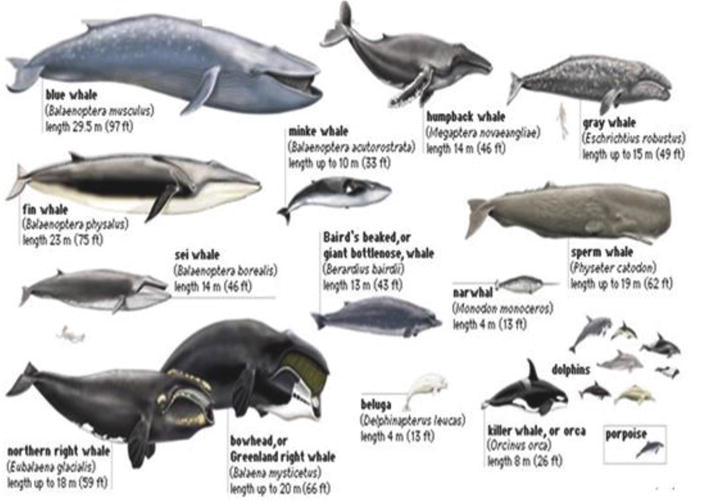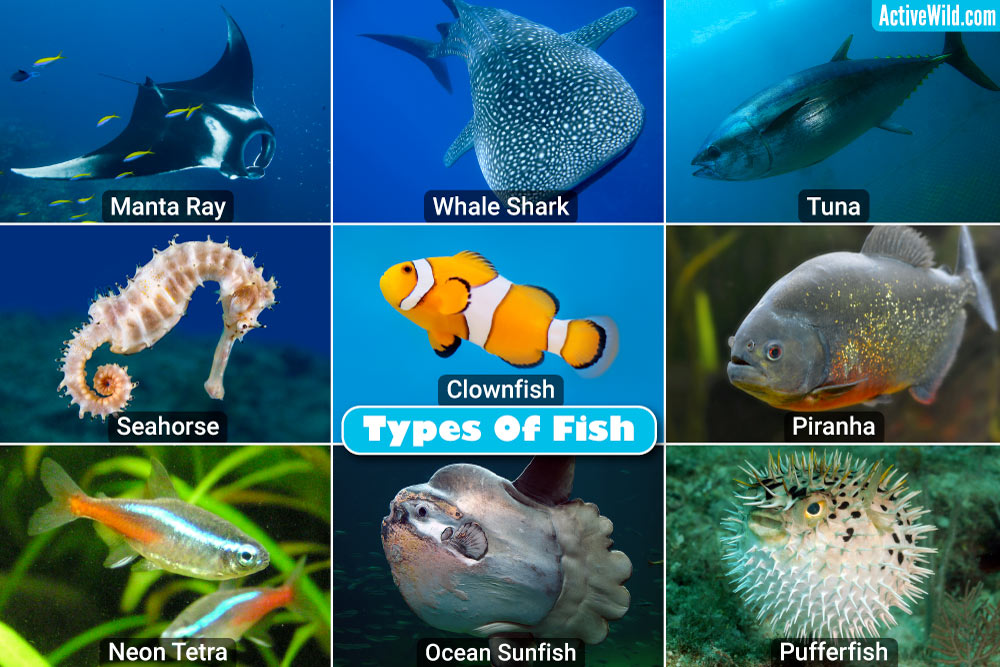Discovering the American Lobster: Fascinating Facts and Characteristics
Discovering the American Lobster: Fascinating Facts and Characteristics ===
The American lobster, scientifically known as Homarus americanus, is one of the most iconic and beloved marine creatures found in the waters of North America. Renowned for its succulent meat and vibrant appearance, this remarkable crustacean has captivated the hearts and taste buds of many. In this article, we will delve into the world of the American lobster, exploring its habitat, physical characteristics, life cycle, diet, and the challenges it faces in terms of conservation.
Habitat and Distribution of American Lobster
The American lobster can be found along the eastern coast of North America, from Labrador in Canada to Cape Hatteras in the United States. These lobsters prefer the cool waters of the North Atlantic Ocean, where they inhabit rocky bottoms, coral reefs, and areas with ample hiding spots such as small caves or crevices. They are most commonly found at depths ranging from 20 to 60 meters, although they can tolerate a wide range of temperatures and salinity levels.
Anatomy and Physical Characteristics of Lobsters
With their distinctive appearance, American lobsters are easily recognizable. They possess a hard exoskeleton, or shell, which protects their soft bodies. These crustaceans can grow up to 25-64 centimeters in length and can weigh anywhere between 0.9 to 20 kilograms. Their body is divided into two main parts: the cephalothorax, which houses the head and thorax, and the abdomen, also known as the tail. Lobsters have ten legs, the first pair of which are their large and powerful claws, used for defense and capturing prey.
Life Cycle and Reproduction of American Lobster
The life cycle of the American lobster is a fascinating journey. Young lobsters, called larvae, hatch from eggs and spend the first few weeks drifting in the ocean currents. During this period, they molt multiple times, shedding their exoskeleton to allow for growth. As they reach a certain size, they settle on the ocean floor and gradually transition into juvenile lobsters. These juveniles continue to molt and grow until they reach sexual maturity, which usually takes around 5 to 7 years. Reproduction occurs during the summer months when females release eggs that are carried externally until they hatch into larvae.
Diet and Feeding Habits of American Lobster
American lobsters are opportunistic scavengers and predators. They have a diverse diet that includes fish, shellfish, marine worms, and even other lobsters. Their feeding habits vary depending on availability, but lobsters primarily hunt at night, using their keen sense of smell to locate prey. Once they detect a potential meal, they use their claws to catch and crush their food before consuming it. It is worth noting that lobsters are also known to scavenge on dead organisms, playing an important role in maintaining the ecological balance of their habitat.
Threats and Conservation of the American Lobster
Despite their popularity in seafood markets and restaurants, American lobsters face various threats to their survival. Overfishing, habitat destruction, pollution, and climate change pose significant challenges to their population. Lobsters are particularly vulnerable during their molting process, as their soft shells make them easier prey. Conservation efforts have been implemented to protect the American lobster, including size limits, fishing quotas, and marine protected areas. Collaborative initiatives among fishermen, scientists, and policymakers are crucial to ensuring the long-term survival of this iconic species.
Unveiling the Mysteries of the American Lobster===
The American lobster, with its captivating appearance and delectable taste, continues to amaze both seafood enthusiasts and marine biologists alike. Its unique habitat, physical characteristics, life cycle, feeding habits, and conservation challenges shed light on the importance of understanding and protecting this iconic creature. By raising awareness and implementing sustainable fishing practices, we can contribute to the preservation of this remarkable species for future generations to appreciate and enjoy. Let us continue to uncover the mysteries of the American lobster and strive towards a harmonious coexistence with these fascinating creatures of the sea.



